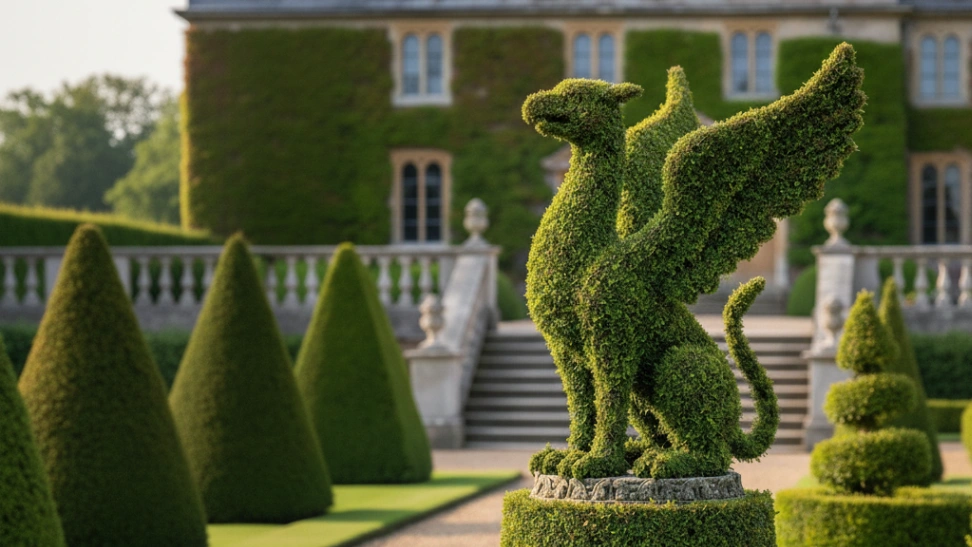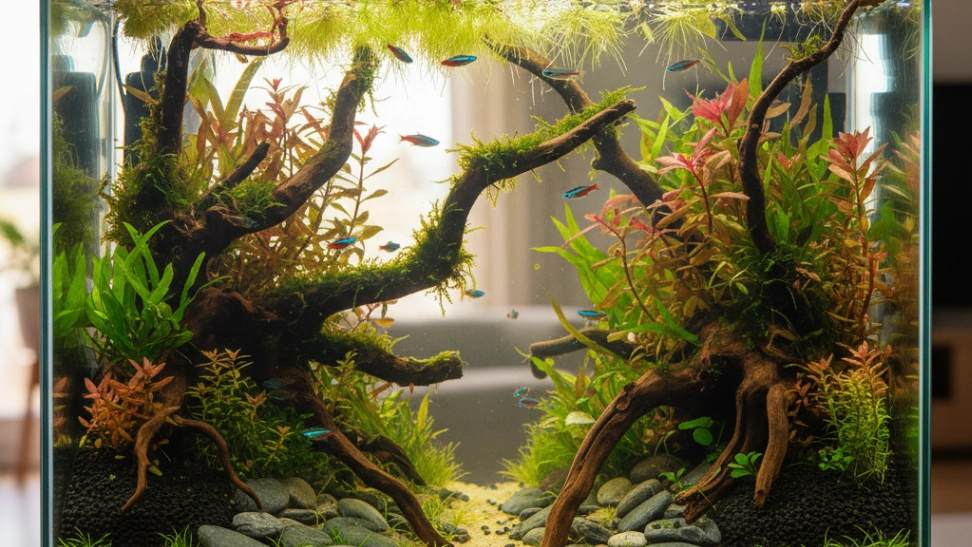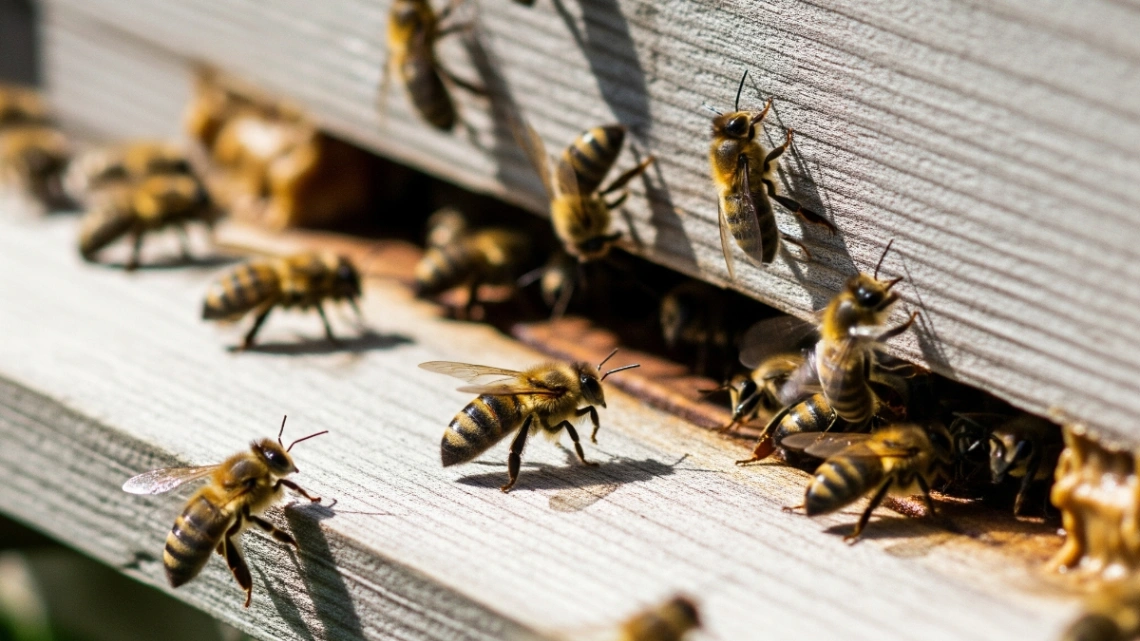Is This Hobby For You?
This hobby is ideal for patient individuals with a creative eye who enjoy the tranquility of gardening and the satisfaction of sculpting living art.
Why You'll Love It
- Transforms your garden into a unique, living art gallery.
- Cultivates patience, precision, and a deep connection to nature.
- Provides a calming and meditative creative outlet.
Good to Know Before You Start
- Requires consistent, ongoing maintenance to retain shapes.
- Can be a slow hobby, with results taking considerable time to develop.
- Initial investment in plants and specialized tools can add up.
Hobby Traits
How the community rates this hobby.
Getting Started: The Essentials
The basic requirements to begin your journey with Topiary.
Startup Cost
$200
Community-voted average
Ongoing Cost
Very Low
Monthly upkeep estimate
Essential Gear
Bypass Pruners
Sharp, hand-held shears for precise cuts on small branches and new growth.
Long-Handled Shears
Larger shears for trimming broader surfaces and maintaining overall shape.
Suitable Plant
A young, healthy evergreen plant like boxwood or yew, suitable for shaping.
Wire Frame (Optional)
A pre-formed metal frame to guide the plant's growth into a desired shape.
Gardening Gloves
To protect hands from thorns, sap, and tools.
Learning Curve
Overall Difficulty: Medium
Associated Skills
Skills you can expect to develop while pursuing this hobby.
A Closer Look at the Traits
Very Calm
A deeply relaxing and meditative activity with minimal physical effort.
Purely for Fun
Pursued purely for enjoyment, relaxation, and the fun of the activity itself.
Outdoorsy
Best enjoyed outside, but can often be done in a park or your own backyard.
Moderately Mental
Primarily a mental activity, but may have some light physical components.
Purely Creative
A highly creative and expressive outlet for your imagination and artistic side.
Mostly Solo
Primarily a solitary activity, but with communities available to share your results.
Frequently Asked Questions
Similar Hobbies
Hobby Traits
How the community rates this hobby.



